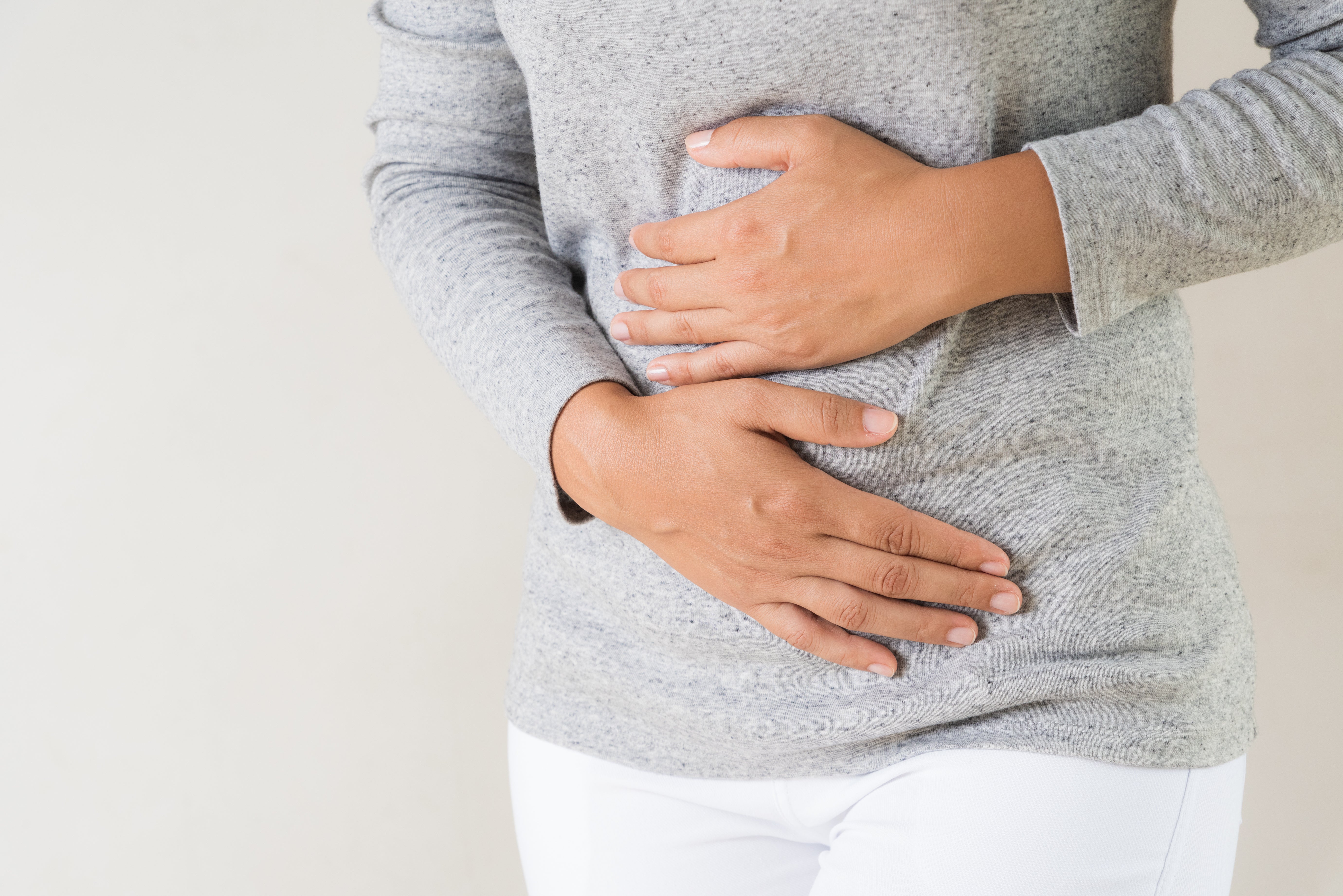
Seasonal Affective Disorder Symptoms
You may have heard about “affective disorder” before, but we felt called to share about this scenario deeper because it’s a lot more common than one may suspect.
Feeling ‘under the weather’ is a term used literally (especially in the cold months)- but did you know that it is a metaphor for a real condition as well?
According to the National Institute of Mental Health, Seasonal Affective Disorder (SAD) is:
A type of depression that comes and goes with the seasons, typically starting in the late fall and early winter and going away during the spring and summer. Depressive episodes linked to the summer can occur, but are much less common than winter episodes of SAD.
It might not be such a coincidence that the acronym also spells out ‘sad’ but, no matter how hard things may feel right now, however challenging even getting up in the morning might be, know there is hope.

In this blog, we’re going to delve into:
- Causes of SAD
- Signs & symptoms to watch for
- Prevention & management of SAD
Causes of SAD
While we don't know the exact causes of SAD, some scientists think that certain hormones based from deep within our human brain trigger changes that affect our attitude. IT may be more common at certain times of year. Experts believe that SAD may be related to these hormonal changes.
One theory: There is less sunlight in fall and winter. Plus, it’s so cold that we spend more time indoors, cuddled up near fireplaces and under blankets. Sunlight is responsible for an important hormone so if we have less of this hormone - serotonin, a chemical linked to brain pathways that regulate mood, that can have serious results. When nerve cell pathways in the brain that regulate mood don't function normally, the result can be feelings of depression, along with symptoms of fatigue and weight gain.
[source]
Again, we know this may sound dark and even bring up triggers right now, but there is hope.
*While we will get into some ideas, please make sure to contact a doctor or mental health professional for your own specific circumstances, especially if feelings persist or get worse.
What are the signs & symptoms of SAD?
Here are the symptoms you should be on the lookout for in the cold months:
- Feeling depressed most of the day, nearly every day
- Feeling hopeless or worthless
- Having low energy
- Losing interest in activities you once enjoyed
- Having problems with sleep
- Experiencing changes in your appetite or weight
- Feeling sluggish or agitated
- Having difficulty concentrating
- Having frequent thoughts of death or suicide *Especially if having these thoughts, please reach out to a mental health professional or National Suicide Prevention Line at 1-800-273-8255. Please.*

Symptoms of the Winter Pattern of SAD include:
- Having low energy
- Hypersomnia
- Overeating
- Weight gain
- Craving for carbohydrates
- Social withdrawal (feel like “hibernating”)
[source]
Prevention & Management
There are a variety of treatments for SAD include medication, talk therapy, exercise, and eating a healthy diet. It’s important to consult a health professional for these but in the meantime, here are some foods you can incorporate into your diet to beat the symptoms of SAD at home as soon as possible:
Omega 3 fatty acids
Omega-3 fatty acids have been praised for their health benefits, including possibly influencing your mood. One study from the University of Pittsburg found that people with higher levels of omega-3 fatty acids were less likely to experience moderate or mild symptoms of depression.
Sources that contain the highest levels of omega-3 fatty acids include flax seeds, kidney beans, chia seeds, and walnuts.
[source]
Berries
Stress worsens depression symptoms and exhausts your body. Fruits like blueberries, raspberries, and strawberries may help prevent the release of cortisol, a hormone produced by the adrenal gland- in response to stress.

Folic acid
Some studies have illustrated the effect of folic acid on the brain, as well as how it can act as a mood-boosting element.
Foods that contain high amounts of folic acid include leafy greens, oatmeal, sunflower seeds, oranges, fortified cereals, lentils, black-eyed peas, and soybeans.
Vitamin D
Vitamin D is known as the “sunshine vitamin” because your body can make it by using cholesterol and absorbing natural sunshine. Did you know that your overall mood can improve with as little as 10 minutes of sun exposure? This is why light therapy is an important treatment for SAD. Your body can also absorb vitamin D through food.
Food sources of vitamin D include tofu, fortified cereal & soy milk, mushrooms, and fortified orange juice. You can also get vitamin D in supplement form.

Nutrition & Your Skin
It’s important to remember that lack of nutrition affects your entire body- including your skin- which needs ample amounts of Vitamin C and Vitamin B12 to thrive.
Managing stress is also a vital part of keeping SAD at bay, and practicing a consistent morning routine is a great start!
12 foods with a lot more Vitamin C than oranges
For increasing Vitamin in this time, it is important to remember there are foods with far more Vitamin C than orange juice.
The average, medium-sized orange contains 69.7 mg of Vitamin C. This may sound like a lot but, in fact, orange juice is not the holy grail of health and upping immunity we’ve been lead to believe. Here are other foods with even more of this Vitamin:
- Chili peppers - 107.8 mg of Vitamin C in half a cup
- Red & green bell peppers
- Kale, which has about 80 mg per one cup
- Broccoli offers 132 mg of Vitamin C - WHOA
- Papaya
- Strawberries, which are also thought to help with teeth whitening
- Cauliflower offers 126.7 mg of Vitamin, right up there with broccoli
- Brussel sprouts
- Pineapple
- Kiwi has 137.2 mg of Vitamin C per 2 compact fruits
- Mango clocks in at about 122.3 mg of Vitamin C
While eating Vitamin C is powerful for this seasonal aspect, it also helps to replenish skin which can get dried out during winter months - which doesn’t necessarily make us feel a lot better either.
As you nourish your body and mind, to give extra love to your skin, here’s a natural, boosting way to do it with an all-natural, vegan moisturizer.


